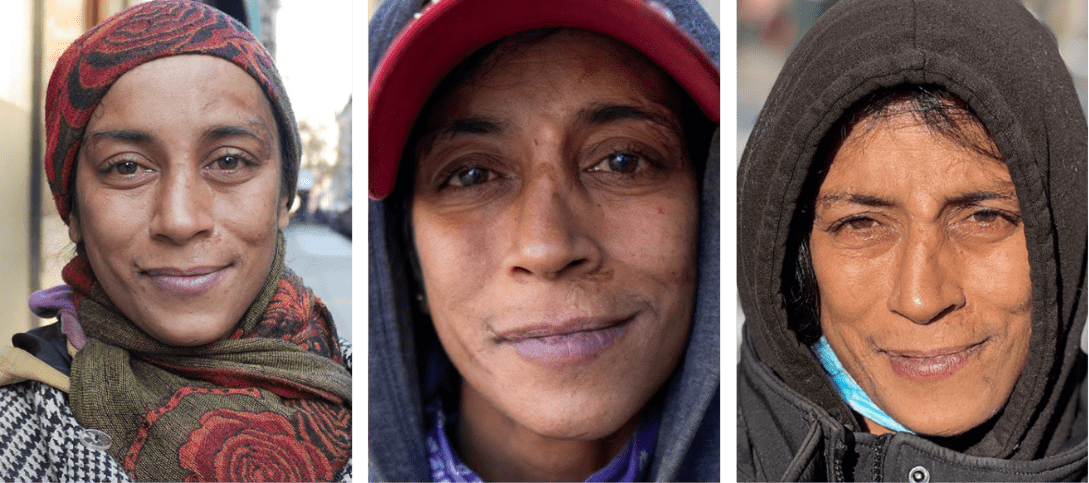|
7119 W. Sunset Blvd., #618, Los Angeles, CA 90046
|
|

Across the country, we are seeing increasingly loud calls for the criminalization and banishment of homeless people. While housing solutions remain slow to materialize, communities are moving resources into getting homeless people out of sight. This shift in policy will exacerbate the problem, not solve it.
There are several reasons for this shift. Many see the growing homelessness crisis as a public nuisance rather than the humanitarian crisis that it is. Organic, local opposition, and well-funded negative propaganda campaigns reinforce harmful beliefs. In this time of unprecedented polarization, changing the narrative surrounding homelessness has never been more important. To overcome the barriers to solving homelessness, we need narratives that reframe our cultural and political conversations about homelessness. We must make the truth louder.
We're also seeing the homeless sector pay more attention to the power of messaging and storytelling. However, shifts in narratives and perceptions must be part of a broader change in our culture, not just a campaign. Invisible People is committed to publishing messaging research and developing tools for advocates and policymakers. We hope that the support for narrative change work will continue to grow the movement for real solutions.

Founder of Invisible People

Charmain has been homeless since 2005; these photos of her were taken in 2013, 2020, and 2021. Her story recently appeared on Last Week Tonight with John Oliver.
That solving homelessness starts with addressing poverty. Living wages, accessible healthcare, affordable housing, and tenant protections keep people from becoming homeless.
That both interim housing and permanent supportive housing are necessary to help people move into housing.
That bureaucratic barriers and the criminalization of homelessness make it harder for homeless people to access services and housing.
That homeless and formerly homeless people must be included in decisio-nmaking about homelessness policy.
That public education and narrative change can create the political will to drive policy change.
 In last year’s report, we surveyed Americans with in-depth questions about homelessness to measure public perceptions of homelessness. This year’s report seeks to delve deeper into the intersections between homelessness, housing, and policing, and explore how people’s
perceptions and experiences impact their views about homelessness.
In last year’s report, we surveyed Americans with in-depth questions about homelessness to measure public perceptions of homelessness. This year’s report seeks to delve deeper into the intersections between homelessness, housing, and policing, and explore how people’s
perceptions and experiences impact their views about homelessness.
Messaging about policy is often about framing the issue: how can we present the problem and solution in the best possible light? What is included and excluded from the conversation? As messengers, we devote time to this framing work, but the public comes to conversations with their own preexisting ideas. These implicit frameworks might come from other policy issues, political preferences, or even the demographics and personal experiences of the individual.
Most importantly, these personal and local issues are often determining factors in how communities react to proposed projects and policies on homelessness. Often loud and angry opposition to solutions does not come about in a vacuum. By examining the intersections of homelessness and other issues, we hope to help messengers and advocates better understand, differentiate, and speak to the concerns of their audiences as they do the important work of building support for the solutions we need.